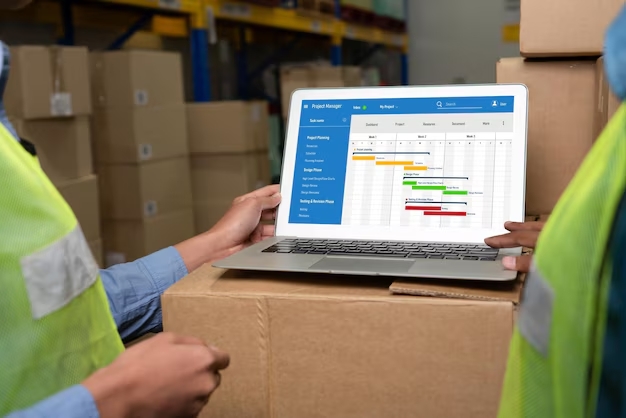Key Aspects of Selecting the Right Tool for Logistics Optimization and Enhancing Business Processes


Let’s get one thing out of the way: there’s no shortage of logistics software out there. From full-blown TMS platforms to niche tools for route planning, load optimization, or shipment tracking — the market is packed. Which sounds like a good thing... until you actually have to pick one.
Suddenly, you're comparing dashboards, pricing models, features that all sound the same, and promises that everything is “AI-powered” (even when it's clearly not). And meanwhile, your ops team is still dealing with missed ETAs, spreadsheets, and the infamous “manual data re-entry” that no one admits is still happening.
So how do you choose a tool that doesn’t just look great in a demo — but actually works for your business?
1. Start with the pain — not the wishlist
Before you even open a vendor website, ask your team: What’s not working right now? Is it missed delivery windows? Inefficient routing? No visibility once a truck leaves the yard? Too many disconnected systems that require triple data entry?
You’re not buying features. You’re solving problems. The best tools don’t give you 200 things to configure. They fix the two or three things that keep breaking your flow — the stuff that drains time, burns money, and frustrates your team daily.
2. Integration is non-negotiable
You know what’s worse than a tool that doesn’t work? A tool that works… but only in isolation. If your new optimization platform can’t sync with your TMS, WMS, or ERP — you’re creating silos. And silos in logistics? That’s how delays happen, orders get lost, and someone ends up manually copying data between tabs at 7 p.m.
Ask every vendor:
- What systems do you integrate with — natively, not just via workarounds?
- How painful is the onboarding? (Be suspicious if they say “seamless” without details.)
- Who owns the integration — you or them?
Because if you're stuck managing APIs yourself… that's not saving time.
3. Don’t fall for the feature race
It’s easy to get caught up in shiny dashboards and “smart analytics” that look good in a demo. But ask yourself: Will my dispatchers use this without needing a training manual? Tools that require 10 clicks to schedule a route? Nope. Interfaces that only your tech lead understands? Double nope. Instead, look for:
- Clean, intuitive design
- Role-based views (so your ops team sees what they need — not finance reports)
- Quick access to real-time info (no digging, no waiting)
Real adoption > fancy features every time.
4. Scalability matters — but not on day one
Yes, you want a system that can grow with you. But don’t overbuy for problems you might have three years from now. Start where you are. Make sure the tool:
- Can handle your current volume smoothly
- Doesn’t require five new hires to run
- Offers upgrade paths if (and when) you need more firepower
Because buying an enterprise-grade solution for a mid-sized operation is like renting a stadium to host a team meeting. Impressive, but wildly impractical.
5. Support should feel like a partner, not a helpline
This part’s underrated — until something breaks. Ask current users:
- How fast is the response time?
- Are they solving problems or sending you knowledge base links?
- Do they understand logistics, or just the software?
You want support that speaks your language. That gets what a missed pickup window means in the real world. Not someone who treats your issue like ticket #28317.
6. Pilot before you commit (and make it messy)
Demos are polished. Pilots are real. Before you sign a contract, ask to run a live pilot — with real data, real users, and your actual workflows. Throw in the exceptions. Last-minute changes. Shipments that don’t fit cleanly into a template. Because if the tool only works in ideal conditions… you’ll regret it the first time something goes sideways (and something always goes sideways).
The right tool should disappear
Sounds weird, but it’s true. The best logistics optimization tools? They just become part of the process. They’re not a separate “thing” everyone dreads logging into — they’re embedded into how your team works.
They make your operation feel lighter. Less friction. Fewer back-and-forths. More “we got this” moments. If you find a tool that does that — and your team actually wants to use it — you’re on the right track.

